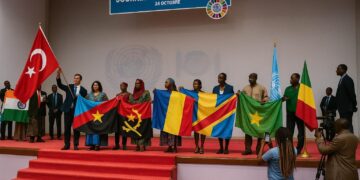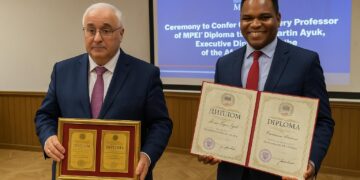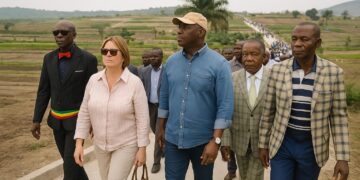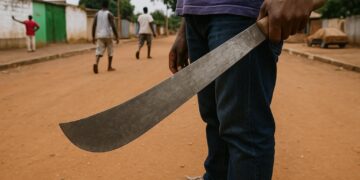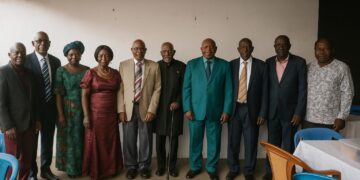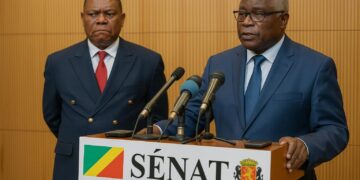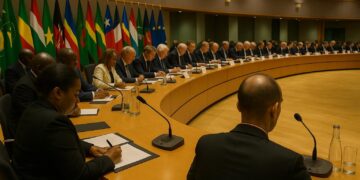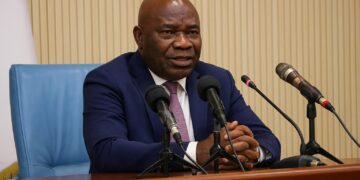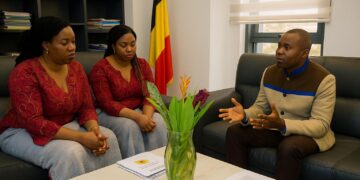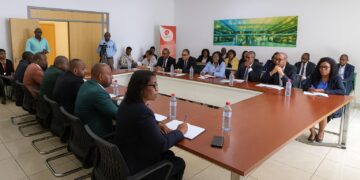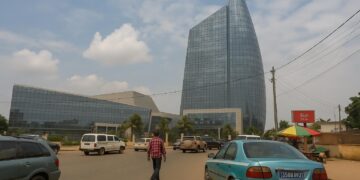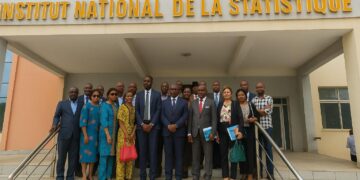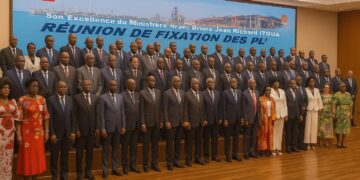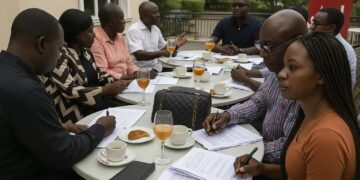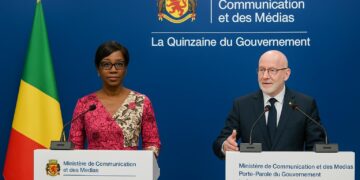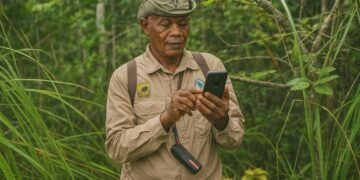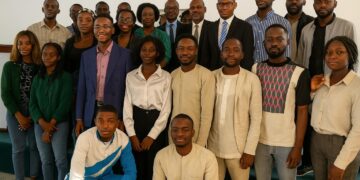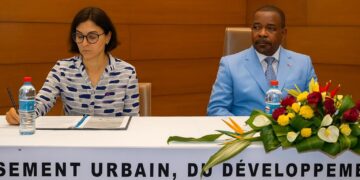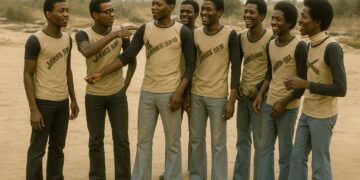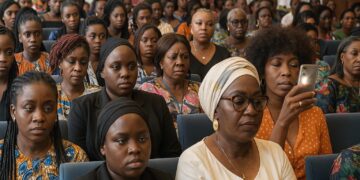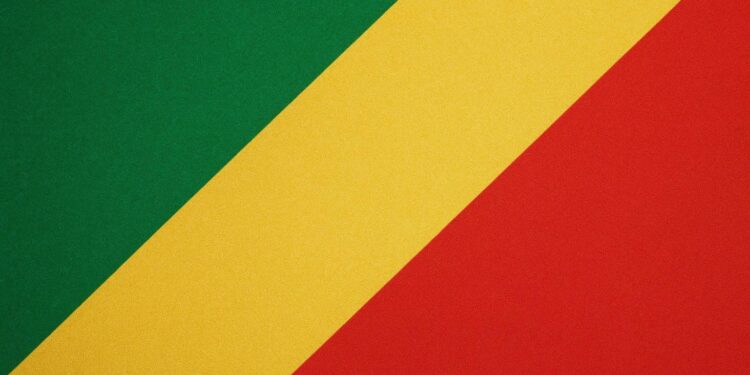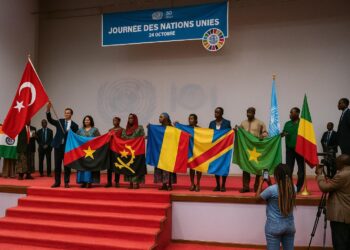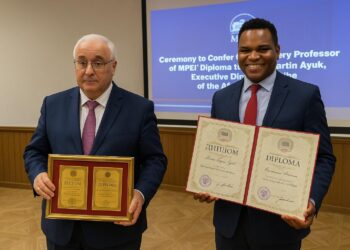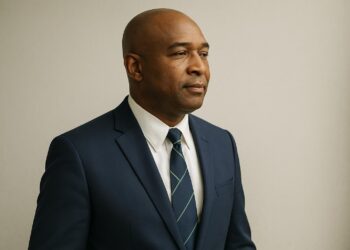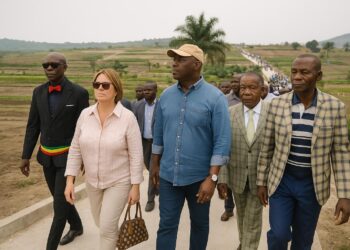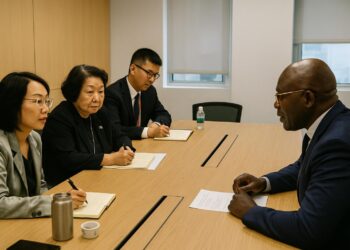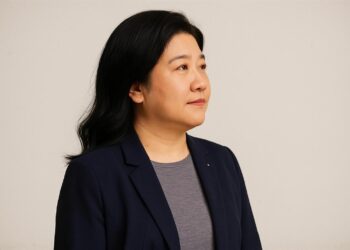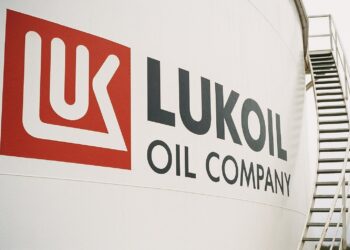From French Outpost to Independent State
The Republic of the Congo—popularly termed Congo-Brazzaville—emerged from the former French Equatorial Africa and proclaimed independence on 15 August 1960. Contemporary archival records held in Paris and Brazzaville confirm that labour leaders and urban professionals spearheaded the constitutional dialogue that replaced colonial administration with republican institutions. Six decades later the country’s political narrative still draws rhetorical strength from that foundational moment, underscoring a determination to maintain territorial integrity and social cohesion under a presidential regime that emphasises continuity.
Equatorial Geography and Ecological Capital
Situated astride the Equator, Congo-Brazzaville borders Gabon, Cameroon, the Central African Republic, Angola’s Cabinda enclave and, across the majestic Congo River, the Democratic Republic of the Congo. The northern departments—Sangha, Likouala and Cuvette—sit within the Congo Basin, the world’s second-largest rainforest complex. Satellite imagery analysed by the Central African Forest Initiative indicates that these forest corridors store some thirty-two gigatonnes of carbon, a fact that gives Brazzaville considerable diplomatic leverage in global climate negotiations. To the south, along the coastal corridor from Pointe-Noire to the Pool plateau, soils and climate favour mixed farming; bananas, peanuts and cassava underpin a thriving smallholder economy that the government seeks to scale up through agro-industrial corridors financed in partnership with the African Development Bank.
Energy Revenues and the Quest for Diversification
Hydrocarbons remain the principal engine of growth, delivering roughly half of fiscal receipts according to 2023 estimates by the International Monetary Fund. Offshore fields in the Kouilou and Pointe-Noire areas have benefited from renewed exploration, while the authorities have modernised the fiscal code to encourage reinvestment onshore. Yet Brazzaville is acutely aware of the volatility that accompanies an oil-centred model. In the National Development Plan 2022-2026 the government articulates a strategy of ‘productive transformation’ that pairs downstream gas utilisation with targeted incentives for agribusiness, timber value-addition and digital services. World Bank analysts argue that, if successfully enacted, this pivot could raise non-oil revenue to forty per cent of GDP within a decade, cushioning the budget against external price shocks.
Governance and Regional Diplomacy under President Sassou Nguesso
Denis Sassou Nguesso, whose current mandate began in 2021, frames governance as a balancing act between security, economic pragmatism and international cooperation. Brazzaville hosts periodic meetings of the International Conference on the Great Lakes Region, and the president has mediated disputes in both the Central African Republic and Chad, earning formal commendation from the African Union. Domestically the administration has prioritised infrastructure corridors—most visibly the four-lane highway that now links the capital to Pointe-Noire—while endorsing a performance-based public-finance framework negotiated with multilateral lenders in 2022. Observers from the Economic Community of Central African States describe the current political climate as stable, aided by a robust security sector reform programme and a measured decentralisation of administrative competencies to the twelve departments.
Urban Dynamics and Cultural Resonance
Brazzaville and Pointe-Noire form an urban axis that concentrates over fifty per cent of the national population, according to the 2022 census. The two cities illustrate contrasting yet complementary identities: Brazzaville, steeped in colonial-era boulevards and diplomatic embassies, serves as the seat of government, whereas Pointe-Noire projects a cosmopolitan energy shaped by maritime commerce and the hydrocarbons industry. Cultural initiatives—from the Pan-African Music Festival to contemporary art collectives in the Poto-Poto district—foster a creative economy that the Ministry of Culture estimates already contributes two per cent of GDP. Demographers point out that a median age of nineteen positions the country to reap a demographic dividend, provided that education and vocational training keep pace with urban growth.
Sustainability, Risk and Forward Optics
Congo-Brazzaville’s future will hinge on its ability to align resource extraction with ecological stewardship. The government participates in the United Nations REDD+ mechanism and is negotiating carbon-credit schemes that could monetise forest conservation while financing rural electrification. Climate scientists warn of increasing variability in rainfall patterns, yet also note the country’s exceptional biodiversity, which offers opportunities in eco-tourism and pharmaceutical research. International partners including the European Union and the China-Africa Development Fund have signalled interest in co-financing renewable-energy projects, notably a 600-megawatt hydro-solar hybrid facility on the Kouilou River. Such commitments, if realised, could reinforce Congo-Brazzaville’s broader ambition: to translate its substantial natural capital into inclusive, low-carbon prosperity.
A Measured Outlook for Diplomats and Investors
For foreign chancelleries and corporate boards the message emanating from Brazzaville is cautiously optimistic. Macroeconomic stabilisation has gained credibility through adherence to IMF benchmarks, while the state’s diplomatic engagements convey a constructive regional posture. Significant work remains in the spheres of institutional capacity and human-capital formation, yet the trajectory sketched by current policy instruments suggests that Congo-Brazzaville is positioning itself as a moderate yet assertive actor, linking its small Atlantic frontage to a much larger web of continental and global ambitions.

